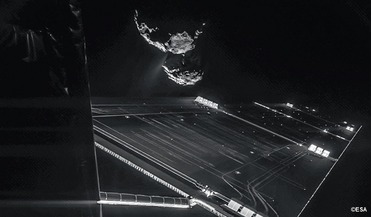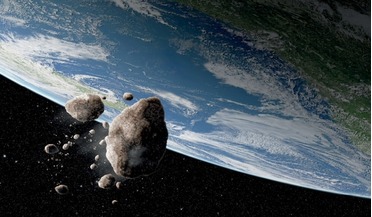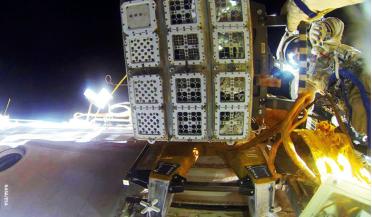 December 2014
The vanity of machines
December 2014
The vanity of machines
Ready for the big event – Rosetta mission selfie taken on 7 October at a distance of about 16 km from its target comet
 March 2016
Why We Need Space Artists
March 2016
Why We Need Space Artists
... be at least as beautiful as terrestrial art) because from space probes we only see the whole object – planet, moon, comet - or close-ups of it, as it looks from space. Only artists can visualise what it would look like for someone...
 May 2017
Humanity is moving towards a new reality
May 2017
Humanity is moving towards a new reality
... and coping with cosmic hazards will be much better understood. We will be actively engaged in defending against asteroids, comets, solar flares, coronal ejections, changes to Earth’s magnetosphere, and orbital space debris. The world is moving...
 September 2019
A new era in planetary defence missions
September 2019
A new era in planetary defence missions
... 10 million kilometres from Earth. Throughout its history, the Earth has been continually impacted by asteroids and comets. Some impacts have had catastrophic effects, such as the one believed to be responsible for the extinction of the...
 September 2023
How microorganisms survive space travel
September 2023
How microorganisms survive space travel
... field. One of the basic goals of space exploration is to study the evolutionary development of celestial bodies – planets, moons, comets, etc - to answer a number of important natural-science questions: what are the laws of formation and development...
 May 2024
DNA across the universe - the new Noah’s Ark?
May 2024
DNA across the universe - the new Noah’s Ark?
... arrived from far across space? Many experts believe that water- and life-bearing asteroids and comets could have crashed into Earth aeons ago, starting the process of life on our planet. But now...